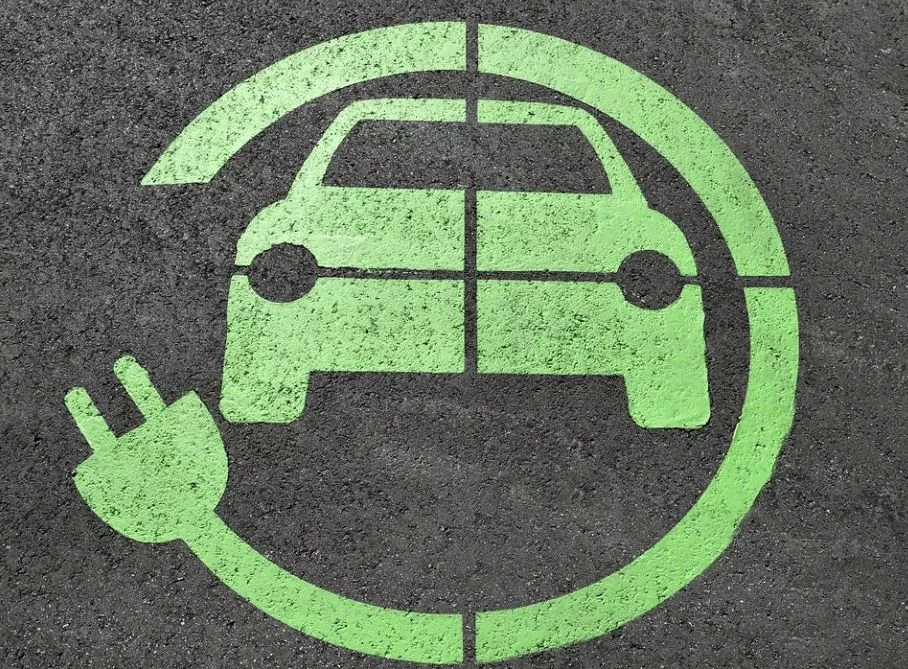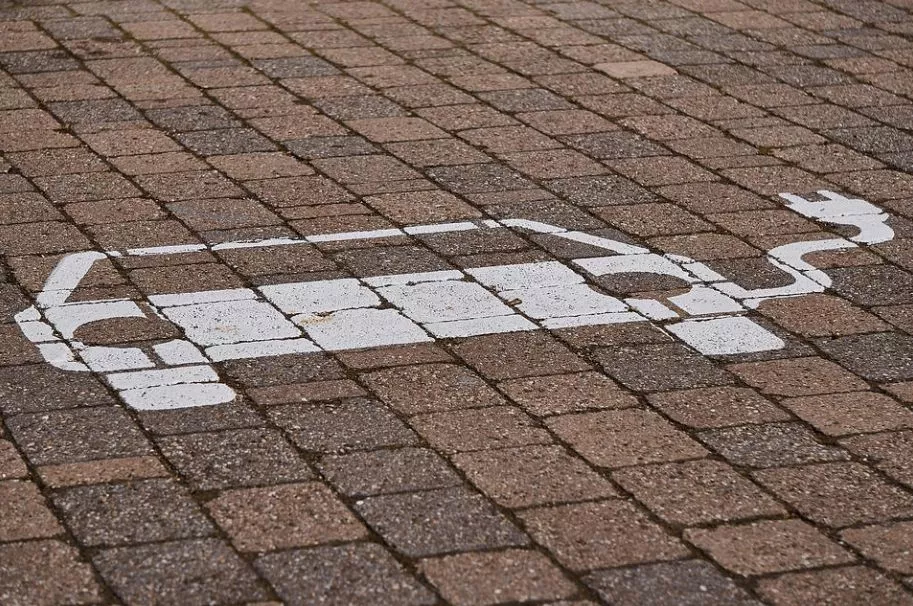u’ve probably heard the term ‘electric car charger‘ thrown around a lot whenever you’re discussing sustainability or environmentally friendly options of transportation with your friends. But if you’re unaware of what exactly it entails, we’re here to break it down for you. In this article, we’ll start by discussing electric vehicles and how they are powered before moving on to the question you’ve been searching for: Are electric cars powered by coal, and if so, how much?
Do electric cars use coal for charging?
While these cars are much more sustainable and environmentally friendly than traditional vehicles, you’d be surprised to find out they’re not entirely free of fossil fuels. How so, you might ask? Well, the electricity used to power these cars comes from a combination of various fuels and emissions, such as coal. Nuclear, solar, hydropower, and wind energy are also used for this purpose. So ultimately, how much coal is used to charge electric vehicles depends on which country you live in and the relevant policies in that area. Due to this reason, it isn’t easy to approximate the exact percentage of coal burned in the electric vehicle industry.
How much coal is burnt every time I charge my EV?
According to our research, we have that an average electric vehicle in America uses up a total of 66 kWh of electricity to get to a full charge. In terms of coal, this means that there are 70 pounds being burnt every time there is a full charge being reached in an EV! However, when compared to typical fossil fuels, that comes out to only 8 gallons of fuel, which is a huge difference given the amount of range you get on an EV. To lower the environmental impact even further, consider getting a top-of-the-line EV charging station or charger from HENGYI, featuring industry-leading efficiency.
How can I track the amount of coal used to charge my electric car?
If you want to be extra mindful of the impact your usage of intelligent cars is having on the environment, you’ll need to track the average kilowatts that are required to charge a vehicle. Then, research what the most prevalent source of power is in your country. In rare regions like Norway, nearly all its electricity is generated from hydropower.
However, it’s unlikely that this will be the case for most countries worldwide. For example, China uses around 56% coal to power its energy sources, as was discovered in research by China’s National Bureau of Statistics in 2021. Once you properly understand how much coal is consumed per charge, you can use these numbers to figure out the amount of coal that is burned. If being environmentally conscious is your passion, you can proceed to take specific steps to reduce your carbon footprint following this information as well.
What is an electric car?
An electric or intelligent car is a vehicle that is run on electricity instead of fossil fuels, like petrol or diesel. It’s automatic and is powered by a battery that you should charge every three days or so. There are several different types of electric cars which we’ve detailed below:
Battery Electric Vehicle
A BEV has an electric motor which is the sole source of power for the car. There is a large battery that contains all this energy; you can charge it by plugging it into a compatible electricity grid. The Karma Revera and Nissan LEAF are two prime examples of BEVs in action.
EVs also come in the form of plug-in hybrids and self-charging hybrids, both of which have combustion engines in them and attempt to offer the best of both worlds combined in a harmonious package.
How does EV charging work?
Before you start looking into what comprises the electricity that you use in your car, it would be best if you understand how EV charging works in the first place. It’s a relatively simple process: all you need to do is find a charging station nearby, unless you have a charging station at home or in your workplace, and park your car at an empty spot. After identifying yourself using the mobile app or flashing your RFID card, you can plug in and start charging your vehicle. The grid transfers electricity to your car, which powers it to ensure it runs smoothly. If you’re not a registered user of the smart charging app, you’ll still be able to use the station. The only difference is that you’ll have to pay via debit or credit instead of through the app. Now that you’re aware of how EV charging works let’s move on to the question of the day.
A final word
And that’s all, folks! If you’ve been wondering about how much coal your electric car has been consuming via electricity, this was all the information you needed to satisfy your curiosity.
With that said, it’s time you hear a special word from us at HENGYI! HENGYI is an EVSE manufacturer which has been working in the industry for the past twelve years. We have, hence, accumulated vast datasets on different principles of the EV industry in terms of products, such as chargers, adapters, and cables, as well as services, including OEM and ODM services. If you’re an EV owner, look no further than HENGYI for all your needs, whether you need a new charging charger or you’re looking for trustworthy technicians to install a charging station at your home.
Our company’s core values are providing our customers with the best possible products and services and ensuring that our activities have an environmentally friendly impact. So, if you’re looking for a reliable EV charger manufacturer and supplier, you’re in the right place. Our number one ranking for four consecutive years at Alibaba might be enough proof for you to drop by our website and check us out.
We are looking forward to seeing you there!
Post time: Aug-23-2022









